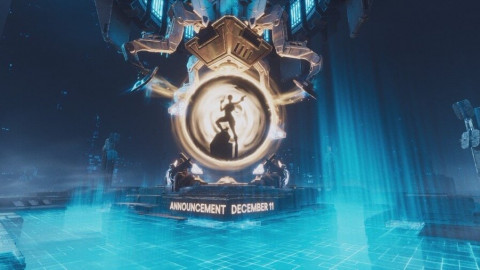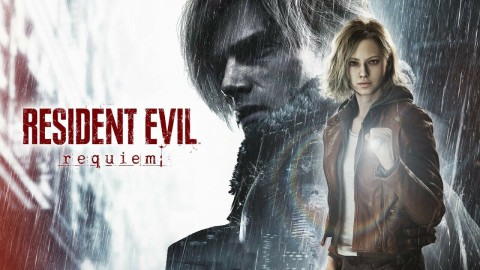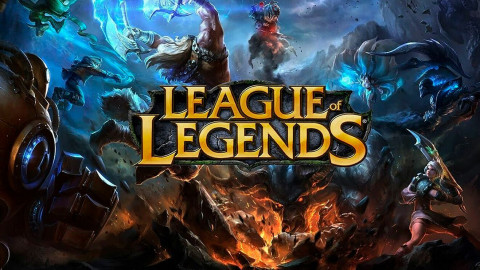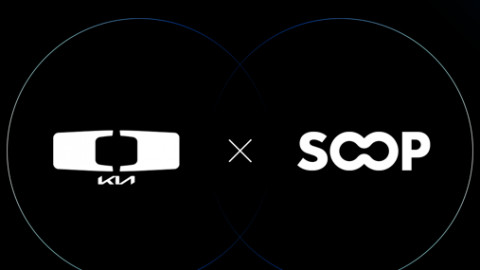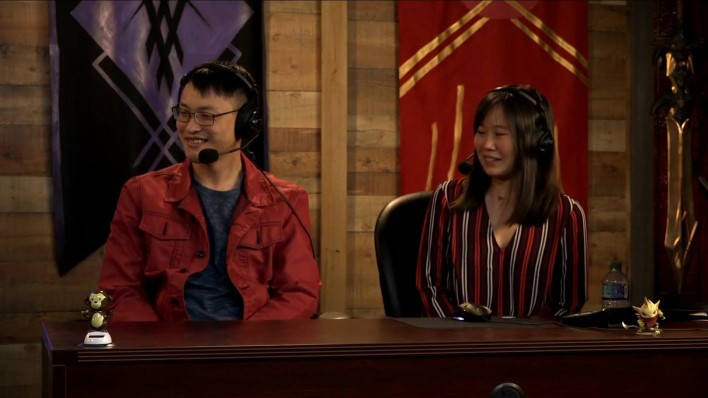
"You only get one chance at a first impression" -- words to live by, especially in an era in which people’s attention spans are growing ever shorter. So when you’re releasing a new game, you better make sure you get it right the first time. Especially when you’re Valve, and this is the first game you’re releasing in years.
But instead of building the framework for Artifact to conquer the digital card game market, the game’s first broadcasted tournament, however well-intended by the passionate Valve fans at Beyond the Summit, failed to generate widespread excitement. Twitter and Artifact’s subreddit flooded with complaints about the show, and after a quick rise to over 80k viewers across Twitch and SteamTV, viewership plummeted.
So what went wrong?
To sum up the core complaint: Nobody understood what was going on.
It’s a problem that may come as a surprise to those familiar with other popular card games. To take the leading example: one glimpse at a Hearthstone board and you can easily determine who has the upper hand. Each player has 75 seconds to determine which cards to play before passing the baton to the opponent. Gwent is almost equally as viewer-friendly.
Artifact, where the battle is fought across three boards and players’ actions continuously go back and forth, is much harder to digest.

Now, a game’s visual complexity is not necessarily detrimental to its success. Games like League of Legends, Dota 2, and Overwatch -- all games that can have extremely cluttered team fights -- are incredibly popular esports. What is a problem, however, is not explaining what’s going on.
Not realizing the vast majority of the viewers were witnessing an Artifact match for the very first time, production dove right into the nitty-gritty of the fledgling esport. Viewers were bombarded with mechanics, phases, and cards they had never seen before, without much of an introduction to the game.
It was so out of sync with the viewers that Hearthstone streamers Kripparrian and Disguised Toast rebroadcasted the stream, teaching their viewers. At one point, Kripparrian accumulated more viewers than the original stream. Overwhelmed, many tuned out.
“The Artifact Preview tournament excluded anyone who hadn’t
consumed every piece of Artifact knowledge available”
It all seemed to originate from an ambitious idea that was not thought through well. With participants on-site to lend their thoughts, the Artifact Preview Tournament’s setting reminisced of house cup tournaments, beloved in established esports. Pros get together, the atmosphere is light-hearted, and competition is at its highest. But the best part is that, from time to time, pros themselves will join the casting couch to offer expert insight and banter.
And that’s exactly what went down last weekend. All the invited casters had been playing Artifact for months. It is no surprise that their nature was to provide in-depth commentary -- that is how they had been communicating with each other for months.
But this excluded anyone who hadn’t consumed every piece of Artifact knowledge available. When casters said “that’s a great play," viewers were left wondering as to why the decision was so impressive.
What did not help either is that the format they did end up going for, was a near full-fledged experience. Seven rounds of Swiss take a long time to complete, and not many viewers are willing to commit to that. Furthermore, as soon as the initial match had wrapped up, production hopped into another match in an attempt to give as many players as much time in the spotlight as possible. This was great for experienced viewers, but exceptionally confusing for the untrained eye.

To the credit of the organizers, they adapted quickly upon receiving the feedback. Ken “Hot_Bid” Chen came to the rescue when he started playing dumb, asking questions new players would have. Prior to the top 8 matches, production spent 40 minutes explaining how the Gauntlet mode works, how decks, are built and what some important cards’ effects are.
Sadly but unsurprisingly, it seemed too late to reignite the flame of excitement as viewership reached between 20k and 30k at max.
On social media, many with access to Artifact jumped to defend the game and the Preview Tournament, echoing the hollow argument: “you’ll understand it when you play it.” Of course, that is not what people want to hear when you are hosting a tournament advertising a product.
"There’s an incredible amount of potential in Artifact, but its
first impression failed to live up to the hype,"
You can’t expect people who witness the snapping of a bungee cord to be excited to jump off the bridge next, no matter how much you assure them they’ll be fine. And you can’t expect people who witness a visual hot mess to be excited to try out the game.
So yes, the Artifact Preview Tournament was a swing and a miss. Behind the somewhat uncalculated, but nothing less than admirable, effort from those at Beyond the Summit, however, there is one crucial party that has evaded much criticism: where was Valve in all this?
Sure, once people have access to Artifact, Valve has no choice but to let the community do with it whatever it wants with the game. But until then, you could at least try to ensure people won’t be scared away.
To say this is a big setback would be an over exaggeration; there are years ahead for Artifact to prove itself. It’s a lesson, though, that even after years of hosting the world’s biggest esports events, Valve makes amateuristic mistakes. Whether the lackluster stance stemmed from naivety, arrogance, ignorance or a mix, the slap on the wrist that followed it will have been felt. There’s an incredible amount of potential in Artifact, but its first impression failed to live up to the hype.
-

Storyteller by heart. If something is competitive, I am interested in it.
Sort by:
Comments :0

